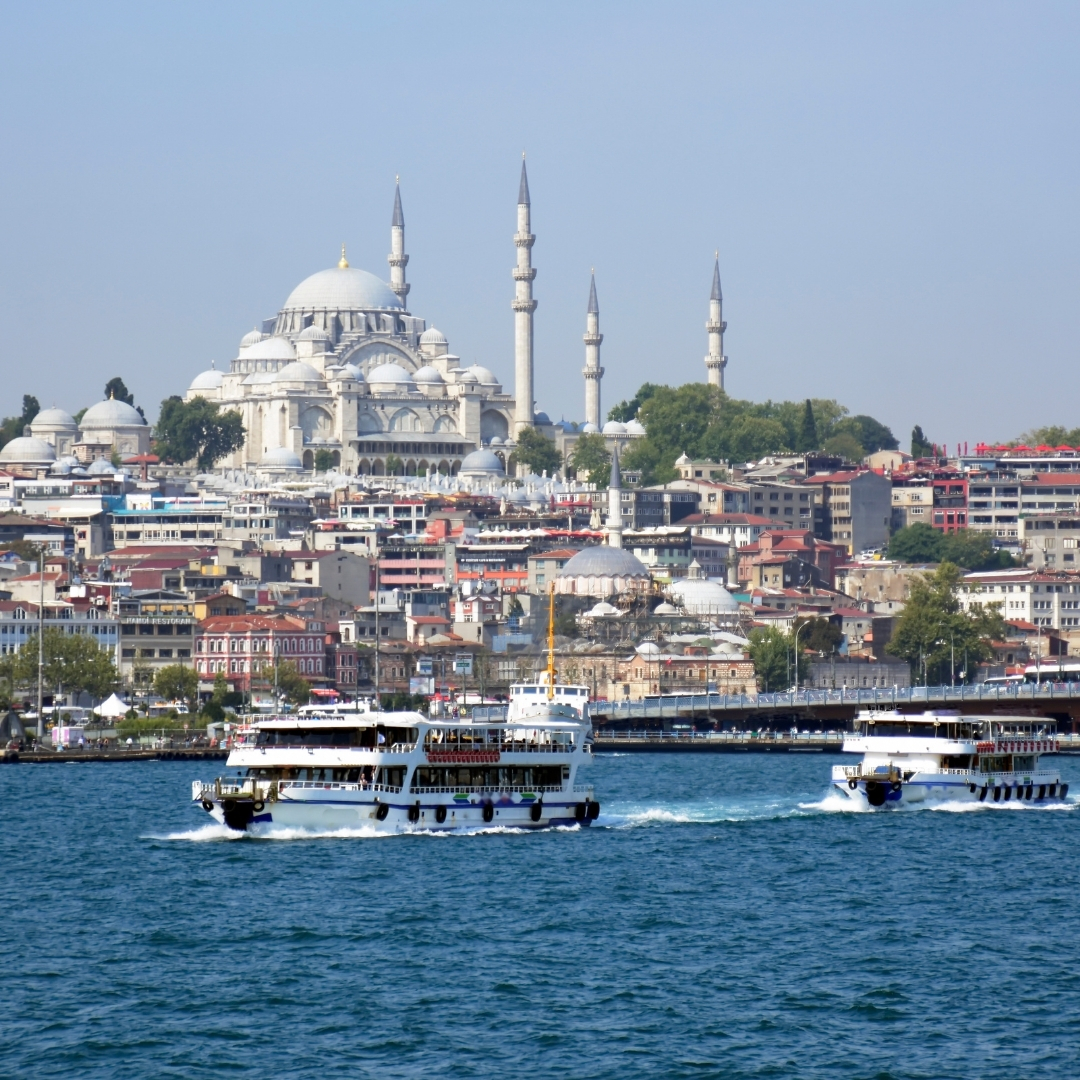Anatolia, also known as Asia Minor, is a vast peninsula in Western Asia that constitutes the majority (96%) of Turkey's Asian landmass, while the remaining 4% lies in Europe (Thrace, historically called Rumelia). The term "Anatolia" originates from the Greek word "Anatole," meaning "east," reflecting its position relative to Europe and Constantinople. The Turkish name "Anadolu" is derived from this Greek term, with folk interpretations associating it with "mother" and "full" (Ana-dolu), symbolizing fertility and abundance.
Due to its strategic location at the crossroads of Asia and Europe, Anatolia has been home to numerous civilizations since prehistoric times. Significant Neolithic sites include Çatalhöyük, Çayönü, Nevali Çori, Hacılar, Göbekli Tepe, and Mersin, some of which are among the earliest known human settlements. The ancient city of Troy also traces its origins back to the Neolithic period, thriving through the Bronze and Iron Ages.
Anatolia has historically been a linguistic and cultural melting pot. Early inhabitants spoke a mix of Indo-European, Semitic, and other languages of uncertain classification. Some scholars propose that Anatolia could be the original homeland of the Indo-European languages. Additionally, theories suggest links between Anatolia and the origins of the Etruscans in Italy and the Elymians of Sicily.
Throughout history, Anatolia has witnessed waves of migration and conquest, shaping its rich heritage. Among the many peoples who have lived in or ruled over the region are the Hattians, Luwians, Hittites, Phrygians, Cimmerians, Lydians, Lycians, Persians, Greeks, Assyrians, Armenians, Romans, Byzantines, Seljuks, and Ottomans. This diversity resulted in a complex ethnic and linguistic landscape.
Today, the predominant language in Anatolia is Turkish, introduced by Turkic migrations and solidified with the rise of the Seljuk Empire in the 11th century. However, Anatolia remained multi-ethnic until the early 20th century. Following the Treaty of Lausanne, a population exchange between Turkey and Greece led to the displacement of Greeks from Anatolia and Turks from Greece. Presently, the southeastern regions retain a significant Kurdish presence, while smaller Armenian and Georgian communities exist in the northeast.







